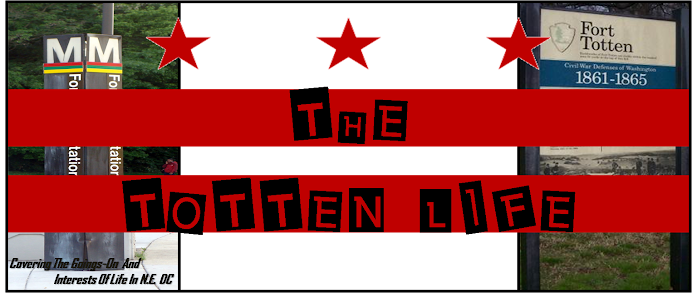 The Washington Metro Area Transit Authority, an organization in the throws of utter failure. The last year and a half has not been kind to WMATA...especially to it's most infamous and eldest branch, the Red Line. Most of the country is well aware of the June 22, 2009 accident just past the Ft. Totten Metro Station. This horrible crash that claimed 9 lives, however, was hardly the initiating incident for the Metro's woes. Poor management, even poorer maintenance practices and an aging/ignored system are the real culprits for the current state of WMATA.
The Washington Metro Area Transit Authority, an organization in the throws of utter failure. The last year and a half has not been kind to WMATA...especially to it's most infamous and eldest branch, the Red Line. Most of the country is well aware of the June 22, 2009 accident just past the Ft. Totten Metro Station. This horrible crash that claimed 9 lives, however, was hardly the initiating incident for the Metro's woes. Poor management, even poorer maintenance practices and an aging/ignored system are the real culprits for the current state of WMATA.Coming into 2010 looking to revitalize their tarnished image, WMATA had identified a significant $40M budget gap. As appaling as that initial estimate seemed, WMATA had a plan...a 10 cent fair hike across the board from Feb to June of 2010. However, only a few weeks after the first gap announcement, WMATA finally settled on an almost unfathomable number...$189M. A $189,000,000 dollar kick in the stomach to an organization already laying still and motionless on the ground. This forced a shift in focus from the system wide fixed and rolling stock issues to simply balancing their horribly off0kilter budget. Metro has come up with a new plan to balance their budget...Service Cuts, Fare Hikes (another $.10), Subsidy Increases and Staff Reductions. What this means to the everyday commuter is WMATA will make the metro more expensive, less accessible, lower staffed and demand it's partner states to use more of their taxpayer money. All this plan does is attempt to close the GAP in the budget, but does not provide any money for the capital improvements needed to fix and/or upgrade it's system. The second most used commuter system in the country outside of New York City.
Closing the budget gap is important, but it doesn't address any of the issues that arise from utilizing an aging system (WMATA Capital Needs Assessment). All rail transportation systems have two components, Rolling Stock (equipment that moves or "rolls" on the rails like passenger cars, locomotives and power units) and Fixed Stock (stationary equipment like switches, the actual rails and signals
 ). The metro has been gradually phasing out older rolling stock, or reducing their service time. This combined with potential new maintenance practices could be addressed over time without a major investment outside the budget. The larger and more pressing issue is the age or the Fixed Stock assets. Much of the system, inparticular the Red Line, has been in place since 1976 (CNI Prioritization Slide 3) Now this is not particularly old or overused for a transit system. The bigger concern is the number of switch, signal or rail failures in the past few years. The need for a significant capital investment seems to be necessary, but unlikely to happen with significant budget gaps and state partners unwilling to foot the bill. In fact WMATA has published its Capital Needs Inventory (CNI), detailing more than $11 billion of capital improvements that are necessary over the next 10 years to maintain the transit system’s safety and reliability.
). The metro has been gradually phasing out older rolling stock, or reducing their service time. This combined with potential new maintenance practices could be addressed over time without a major investment outside the budget. The larger and more pressing issue is the age or the Fixed Stock assets. Much of the system, inparticular the Red Line, has been in place since 1976 (CNI Prioritization Slide 3) Now this is not particularly old or overused for a transit system. The bigger concern is the number of switch, signal or rail failures in the past few years. The need for a significant capital investment seems to be necessary, but unlikely to happen with significant budget gaps and state partners unwilling to foot the bill. In fact WMATA has published its Capital Needs Inventory (CNI), detailing more than $11 billion of capital improvements that are necessary over the next 10 years to maintain the transit system’s safety and reliability.With a revolving door of General managers and Chairmen for the past few years, it seems to be a case of the right hand no knowing what the left hand is doing. A world class commuter rail system is a difficult animal to reign in, however, cities and countries all over the world manage to do it every day. Is there a case to possibly privatize the system or bring in an outside operator (similar to Cal Trans has done for it's commuter system in San Fran or Seattle has done for it's Sounder line) to run the system? Commuter rail was, is and never has been a for profit business. It is a service provided by a government to it's citizens, so raising money is always a challenge and a burden on the same people who pay to use it. This however does not excuse poor management and safety, putting the financial and physical security of the very people responsible for funding the system at risk.





No comments:
Post a Comment